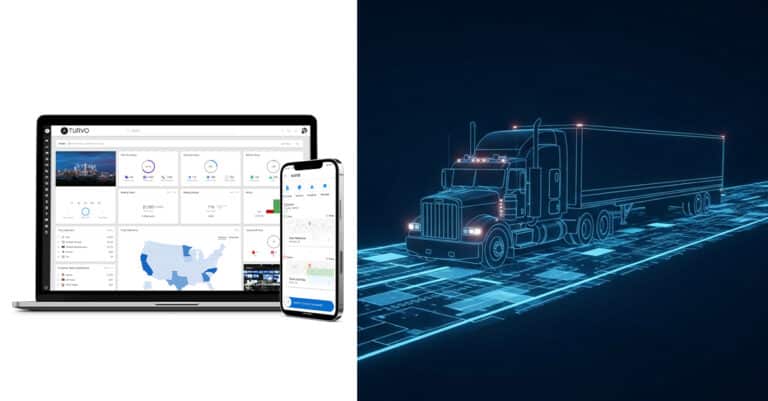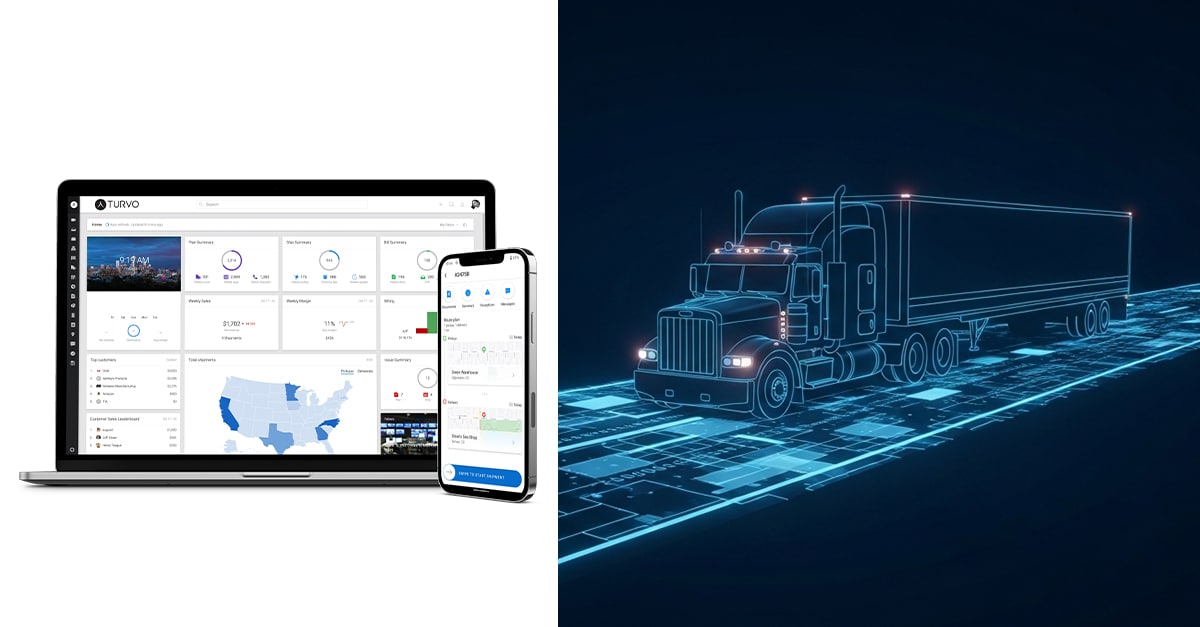Collaboration is perhaps the most widely discussed and recognizable topic in the modern supply chain. Used properly, collaboration enables better procurement, efficient shipment management, transparency, proactiveness, improved customer experience around delivery, and a team prepared to handle reverse logistics management. Yet the idea of collaboration in supply chain systems is at risk. Software vendors built empires on the idea of a single platform that could deliver absolute savings for a set of processes that improved only one aspect of the supply chain, such as management of orders, but not for shipments or vice versa. The systems promised to provide the sharing of data between trading partners, but in the end, to do so, users are still left logging into dozens of systems, using dozens of communications channels like text, email, or other messaging apps, spending hours manually collecting data to build reports, and executives are hoping to see an ROI. Unfortunately, shippers cannot afford not knowing that the supply chain systems they put in place will result in a substantial ROI. As reported by Supply Chain Game Changer, “on the supply side…there is less and less room for manufacturers to absorb additional costs as volatile input prices put the squeeze on margins and the marketing investment required to differentiate branded products from private-label competitors continues to rise.”
But, as the article continues, there is an opportunity for shippers and logistics providers to optimize results when their systems enable collaboration throughout the supply chain:
“Supply chain collaboration is a hot topic today and no wonder: companies that collaborate effectively across the supply chain have enjoyed dramatic reductions in inventories and costs, together with improvements in speed, service levels, and customer satisfaction.
Sixty-five percent of procurement practitioners say procurement at their company is becoming more collaborative with suppliers, according to The Future of Procurement, Making Collaboration Pay Off, by Oxford Economics.”
Therefore, what both shippers and logistics providers need to reduce bottlenecks in the supply chain and optimize results is a collaborative logistics platform with collaboration built alongside every supply chain process from order to cash. And to that end, in this article, shippers, carriers, LSPs, 3PLs, and other supply chain partners will learn the top eight ways collaboration in supply chain through a single pane of glass can improve operations right now.
1. Better Responsiveness Based on the Context of Events
Major challenges arise in supply chain management when a problem goes unchecked. Delivery guarantees often include a promise to notify customers when an exception or change to the delivery window occurs, and without the ability to see a shipment in the context of the whole supply chain, your team members may provide inaccurate information. Or worse, they could give customers unrealistic expectations for delivery, resulting in the risk of losing customers and major B2B resellers. Seeing all activities in the context of events ensures your full network of trading partners in the supply chain knows what is and is not happening and why. Such information carries great power when used properly.
2. Improved Ability to Respond with Single-Touch Communications
As already mentioned, things can and do go wrong, and collaboration in supply chain management is essential to mitigating losses during such circumstances. Unfortunately, a stitched-together hodge-podge of supply chain systems is a ripe hotbed of disjointed inefficiency that will lead to delays in communications upstream, resulting in expounded delays downstream, adding to delivery delays and total costs, eating away at profit margins and the optimization of your supply chain. But, imagine the possibilities of sharing status updates or changes to the route schedule that occur in-transit to trading partners who need to know in real-time without needing to call or contact your supply chain partners. It sounds like science fiction, but that’s the inherent nature of collaborative logistics platforms. Every action in the supply chain generates subsequent notifications and smart activities to keep everyone informed and working together.
3. Real-Time Access to Shipment Status Updates, ETA, and More
Real-time shipment status updates and continuous data streams provide more information that can be used to generate performance scorecards and alleviate fears over freight damage or loss or late delivery. Furthermore, users of platforms built to enable collaboration in supply chain management can immediately review the status across all shipments, orders, and inventory with less worry over whether the freight is moving on time or is subject to additional problems. Real-time data enables innovative solutions to problems, explains Industry Week.
4. Less Worry Over Whether Carriers Will Return Your Calls
For shipper and freight brokerage strategy focused on enhancing real-time shipment visibility, the value of collaboration in supply chain systems must feature an automation component. A collaborative logistics platform that connects your TMS, WMS, and other tech stack platforms to those of your supply chain partners create automated channels between organizations. Instead of hoping carriers or drivers return your calls or see emails to answer “Where’s my freight?”, a platform will provide real-time status on whether or not the driver has or has not scheduled pickup, planned delivery, where they are located at any time when they are gate-in and gate-out, and any other event that may occur in the freight’s journey. Collaboration gives you the opportunity to become a supervisor of your freight even after it leaves your control.
5. Data-Driven KPIs Show the Health of Your Organization
Collaboration in supply chain systems will naturally lead to opportunities for using analytics and adding value. Analytics looks for correlations within the mountains of data to find opportunities for improvement, and they have another advantage—creating KPIs to instantaneously judge the overall health of your organization from your dashboard. Depending on the type of supply chain business, analytics can show carrier, driver, shipper, customer, and 3PL performance data—creating an ongoing strategy that considers the needs of both today and tomorrow.
6. Improved Collaboration with Integrated Payment Processing Lends Itself to Better Profitability
Payment processing remains another opportunity for using supply chain collaboration to reduce bottlenecks. Bottlenecks are not just physical problems in your yard or at the dock. They can involve paperwork and management of people and money. So, what can companies do about that problem? Well, they can take a serious look at the use of an integrated platform and sharing data to transform payment processing into an automated process. Remember that any repetitive process can be automated and since the supply chain is the God of Repetition, why not use it to shorten the payment clock and keep everyone happy…and, of course, profitable?
7. Smart Search Functions Reduce Labor Costs in Management
Smart search functions within collaboration in supply chain management platforms also save resources by giving users a way to sort through data insights, find critical supply chain information around orders, inventory, shipments, people, and shipment status, and more efficiently operate. For instance, a customer wants to know why orders are late. A collaborative platform can show timed delays, cause, and status. It can also connect to show whether carriers have received shipments, what risks are present, and when delivery is expected. Those same tactics apply to when your company is the “customer of your suppliers,” improving procurement and freeing your team to focus on the more important management needs.
8. A Single Pane of Glass Eliminates the Endless System Switching
Let’s face facts. You have an endless list of passwords, and while IT experts claim they should be different, I’d bet that they repeat in some form. I’d also bet that you have them written down on paper or in a spreadsheet somewhere or saved in your browser. Do you know the URLs off the top of your head for each system? Can you access the systems if you suddenly lost all data on your computer, including those saved passwords? Probably not, but with the use of a single pane of glass, you can eliminate that hassle of tracking and accessing multiple platforms and losing time. See everything from a single, unified, and real-time data platform.
Eliminate Bottlenecks With a Multi-Faceted, Consistent, and Transparent Supply Chain Platform
Every supply chain is subject to bottlenecks, but organizations that successfully deploy comprehensive collaborative logistics platforms, such as Turvo Enterprise, can maximize profitability and avoid problems before they cause disruption. Now is the time to intervene in your supply chain strategy by deploying collaboration in supply chain systems and your tech stack by choosing Turvo. Visit Turvo online to get started.








